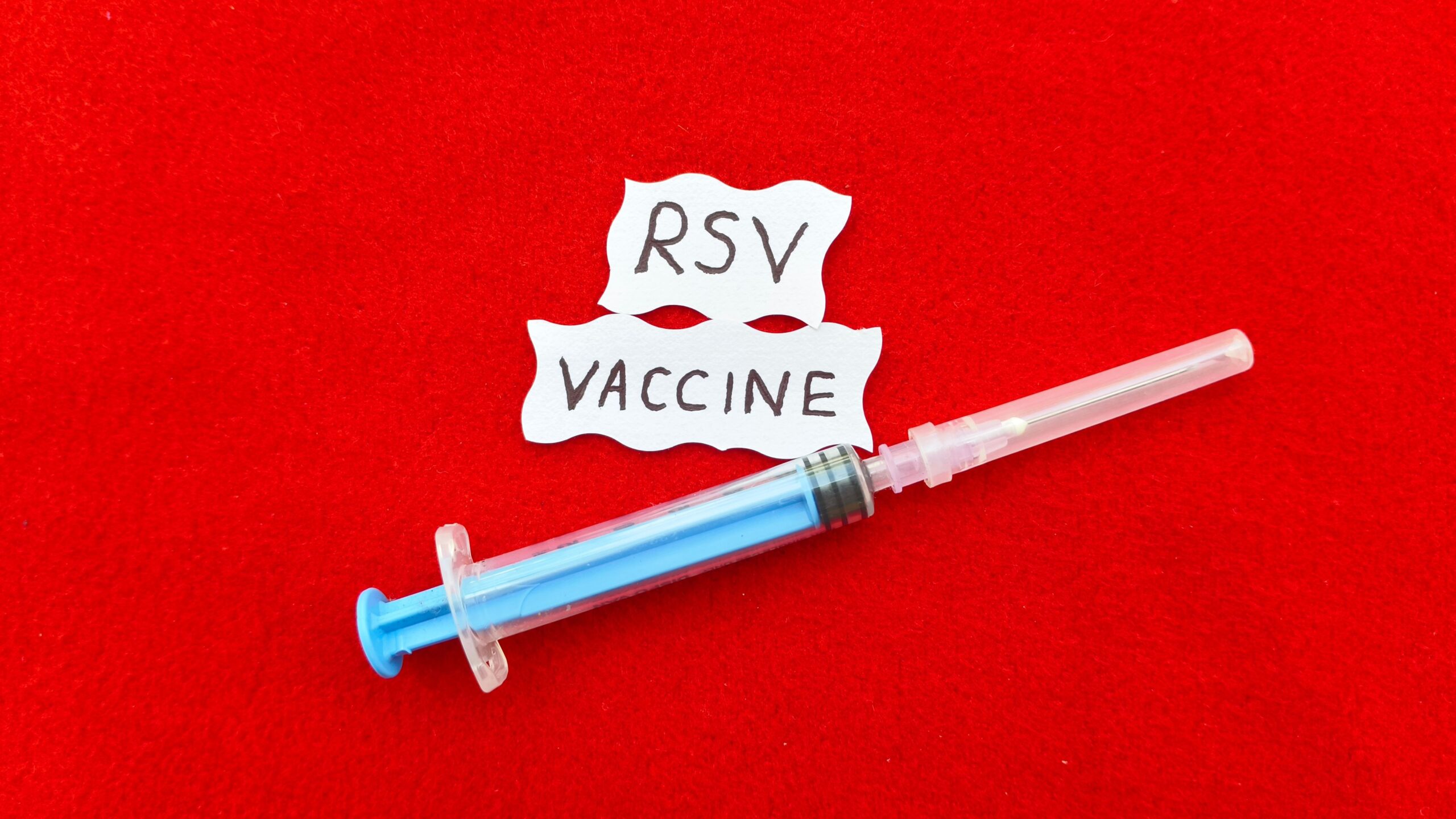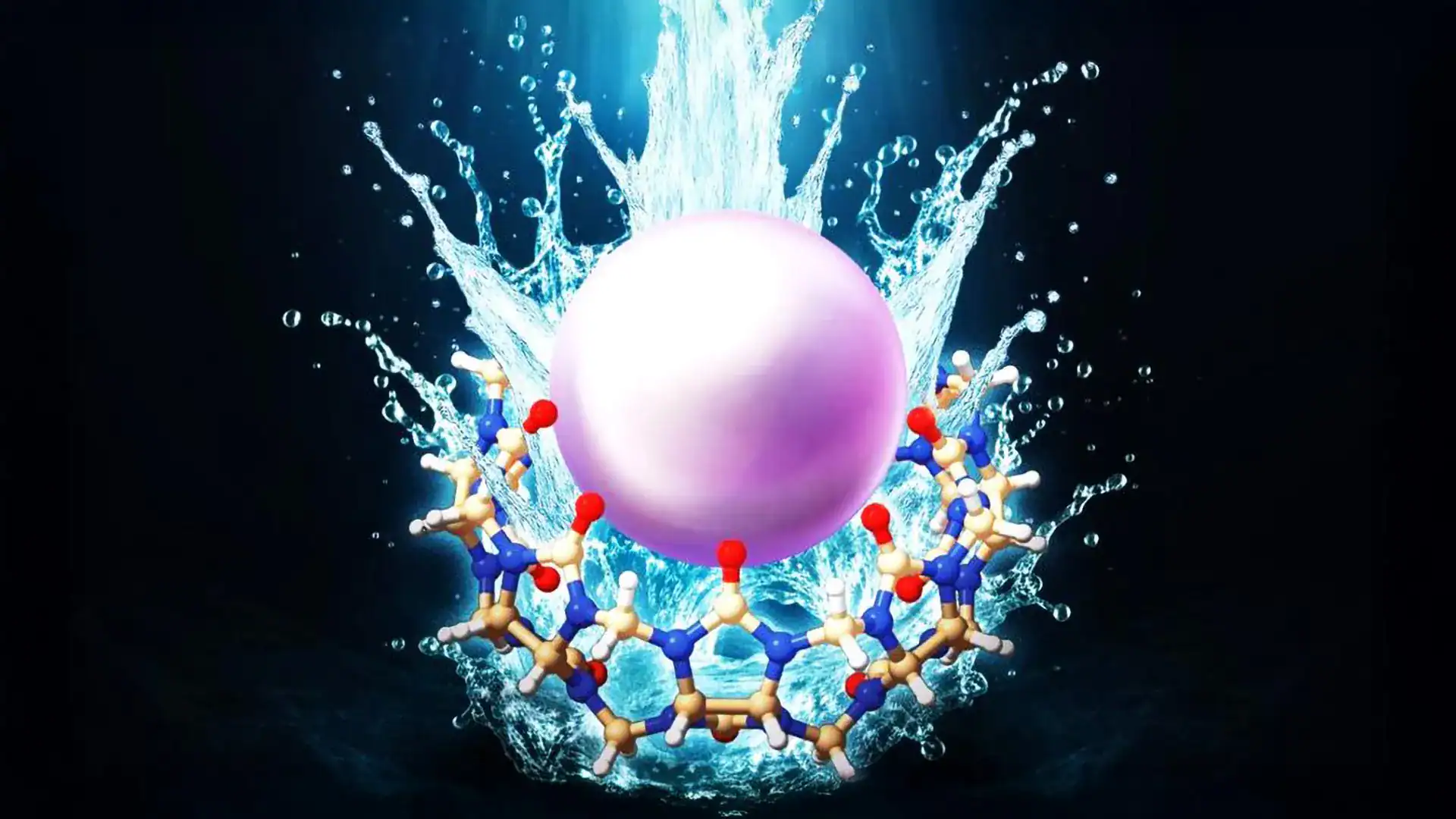When you learned that Chloé Zhao was going to direct Hamnet, what did you think?
I was really thrilled. I’d seen all her films and I knew instinctively that she wouldn’t make a conventional costume-y costume drama, which I never wanted any…

When you learned that Chloé Zhao was going to direct Hamnet, what did you think?
I was really thrilled. I’d seen all her films and I knew instinctively that she wouldn’t make a conventional costume-y costume drama, which I never wanted any…

Each fall and winter, as children return to school, families and friends enjoy holiday celebrations, and individuals of all ages retreat indoors to shield themselves from cooling temperatures, the respiratory virus season begins anew. One of the…

COURTSIDE 1891
Stream the action live and on-demand
Watch here
MIAMI (United States) – The FIBA Basketball World Cup 2027 Americas Qualifiers first window continues and the 12-player rosters have now been confirmed for the games on Friday,…

SEOUL, South Korea — K-pop band aespa and other South Korean pop stars have announced a flurry of donations to support victims of an apartment fire in Hong Kong that killed at least 128 people in one of the city’s deadliest blazes.
Girl group…

Water has a split personality. When it’s flowing freely in a glass or a river, it’s the easygoing liquid we all…

Staff at a mental health charity in the West have voted to strike in a dispute over pay.
Second Step delivers council and NHS-funded mental health services across Bristol, Somerset, North Somerset, South Gloucestershire, Bath, Swindon and Wiltshire.
More than 100 people at the charity have voted to strike following concerns about wages, according to Unison.
A spokesperson from Second Step said a plan is in place to avoid potential strike disruption, adding: “Our priority is to maintain safe, continuous support for the people who rely on our services.”
Those who have voted to strike include support workers, recovery specialists, accommodation workers and central staff.
Unison South West regional secretary Kerry Baigent said: “These workers would prefer to focus on supporting their clients. Instead, many are struggling to support themselves. Some of them are relying on foodbanks and payday loans to get by.
“It’s disappointing that seven months since this dispute began, Second Step management has failed to improve its offer in any way.”
Representatives from Unison and Second Step are taking part in talks through arbitration service Acas, in an effort to avoid industrial action, for which a potential date has not yet been announced.
A spokesperson from Second Step said: “Our priority is to maintain safe, continuous support for the people who rely on our services.
“We have plans in place to manage any potential disruption. We have plans in place to manage any potential disruption.
“We recognise the concerns staff have raised, and we’re in active discussions with Unison through Acas to work towards a fair and constructive resolution.
“Our focus is on reaching an outcome that supports our clients and our staff.”

For almost four decades, Arsenal in the Community has been committed to supporting young people in London through a variety of programmes. Every week, more than 5,000 children and teenagers take advantage of the sports, educational and social…
Highlights

A London council has urged thousands of residents to be “extra vigilant” when receiving calls, emails or text messages after confirming that data had been taken in a cyber-attack.
The Royal Borough of Kensington and Chelsea (RBKC), which has 147,500 residents, said some data had been copied from its systems in an attack this week. The council said it believed the theft related to “historical data” but it was checking whether it contained any personal or financial details of residents, customers or service users.
“With advice from the National Cyber Security Centre (NCSC), we are encouraging all residents, customers, and service users to be extra vigilant when called, emailed or sent text messages,” the council said.
Three London councils have been affected by cyber-attacks this week, with RBKC and Westminster city council saying a number of systems had been affected across both authorities, including phone lines. The borough of Hammersmith and Fulham was also affected and has said it is “working around the clock” to restore its systems.
RBKC said it was working with the NCSC, the National Crime Agency and the Metropolitan police to identify the assailants. The council said it faced at least two weeks of “significant disruption” and was working to bring its systems back online after services were affected.
Public bodies and private businesses across the UK have been hit in recent years by ransomware attacks, where criminal gangs typically based in the former Soviet Union lock up a target’s IT systems with malware and extract data at the same time. The gang members then demand a payment in cryptocurrency for the systems to be decrypted and the data returned.
None of the councils have indicated whether ransomware was involved. Westminster city council and the borough of Hammersmith and Fulham have not confirmed whether data was stolen in their attacks. In 2020 a ransomware attack on Hackney council accessed and encrypted 440,000 files, resulting in a reprimand from the UK’s data watchdog.
The councillor Elizabeth Campbell, the Conservative leader of the Royal Borough of Kensington and Chelsea, said warning residents their data might have been taken was “the right thing to do”.
“All I know is – as a resident myself – I would want to know this information as soon as possible and then be able to make my own choices, follow advice and protect myself if I think necessary.”

“I felt trapped in my head … overwhelmed with everything,” says Jen Lancaster of the anxiety that plagued since she was a child. “I couldn’t control the racing…